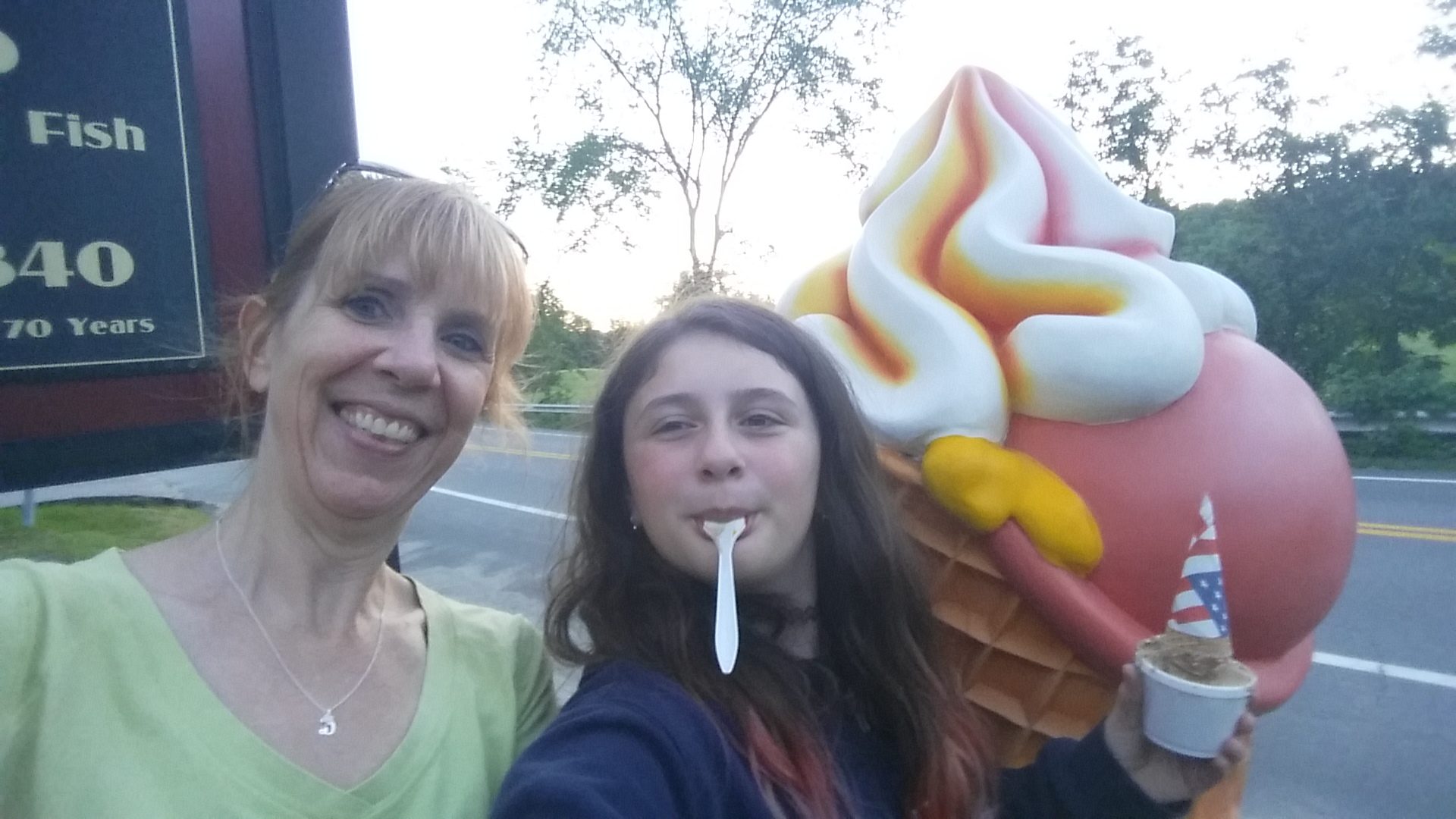I (Donna) had my 10-year-old granddaughter Maggie at our house for a sleepover a weekend or so ago. I love spending time with her. She’s just such a great kid. It’s been a shift for me watching her grow from her child self into the beginnings of her adolescent self. While I miss part of those little girl days, I love the new conversations we are having, and I learn so much from her about what it’s like to be a pre-teen these days. She talks to me a great deal about recess “drama,” the music she loves and the anime that has become a new passion in the last six months. She takes me back to my 5th-grade self, and I realize there are many similarities and many differences between her and I. Hanging up posters of heartthrobs, same. Spending hours in her room, writing down thoughts, daydreaming and listening to music, the same. Parents being embarrassing, the same. Life is all about her friends, that’s the same.
What’s different is how she interacts when she hangs out with her friends. While I rode my bike all over town to see my friends, she facetimes. While I spent time arguing with my sister over using the one phone in the house to call my friends to talk for hours on end, she talks to hers in a text-based way through apps and games they play together. She talks to me about online terms that I don’t understand – i.e., virtual cosplay (having your avatar dress up as a character from a movie, book, or video game, especially one from the Japanese genres of manga and anime). I have her teach me about apps. She laughs at me but shows me anyway. She tries to teach me how to take a selfie. As you can see from the picture, I have not yet gotten the hang of it, and likely never will.
We talked at length about my concerns about her being online so much instead of outside. Maggie explained to me that the places she goes to play games (such as Roblox), where she can play and talk to her friends at the same time, are the playground, backyard or neighborhood for them. They meet there, hang out, giggle and chat. In some ways, they are safer, and their parents know where they are. They go “in” to these online forums to play, rather than out to play. In other ways, I tell her I still feel they are missing out on something, and then I get teased about being old-fashioned. And maybe I am, but she loves me anyway. Maggie is still a well-rounded kid and tells me she likes going outside; she just doesn’t want to be told she HAS to go outside. We talk about balance. She shuts it off when requested to do so without complaint (well, maybe just a little complaining, she’s ten after all). She does not have any phone or texting capabilities as of yet, but in all honesty, that doesn’t seem to be a major part of what the kids are using online with each other considering all of the apps available to them. We talk about being trustworthy when she’s out in the big world of the web and not searching for content (especially on YouTube) that her parents wouldn’t approve of her watching. Maggie talks to me about how she knows how to cover her tracks by clearing her history, but she doesn’t break the rules because she doesn’t want to lose her privileges.
Maggie has an entire playscape available to her that, at her age, I couldn’t even begin to dream about when I was ten. She sees her friends at school, hangs out with them in person on a regular basis and demonstrates excellent social skills, so her going “in” to play seems to be most akin to the hours I spent on the phone, but with the ability to play together at the same time.
While I am a firm believer in making sure that kids maintain a balance between on and off-screen time, I am spending time listening to Maggie to understand how her world works in this digital age of friendships. It is different, but in many ways, just the same.


